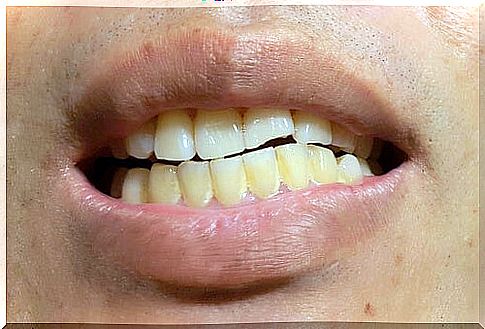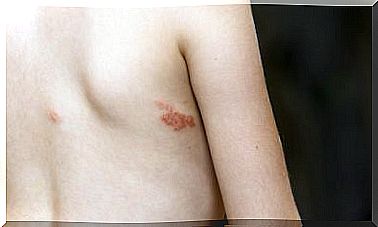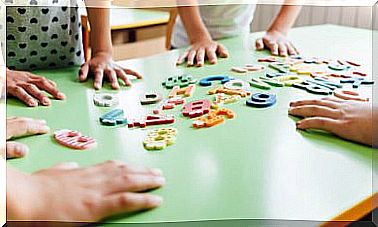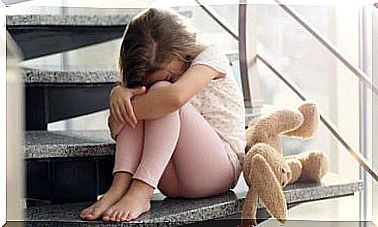Tooth Sealing In Children
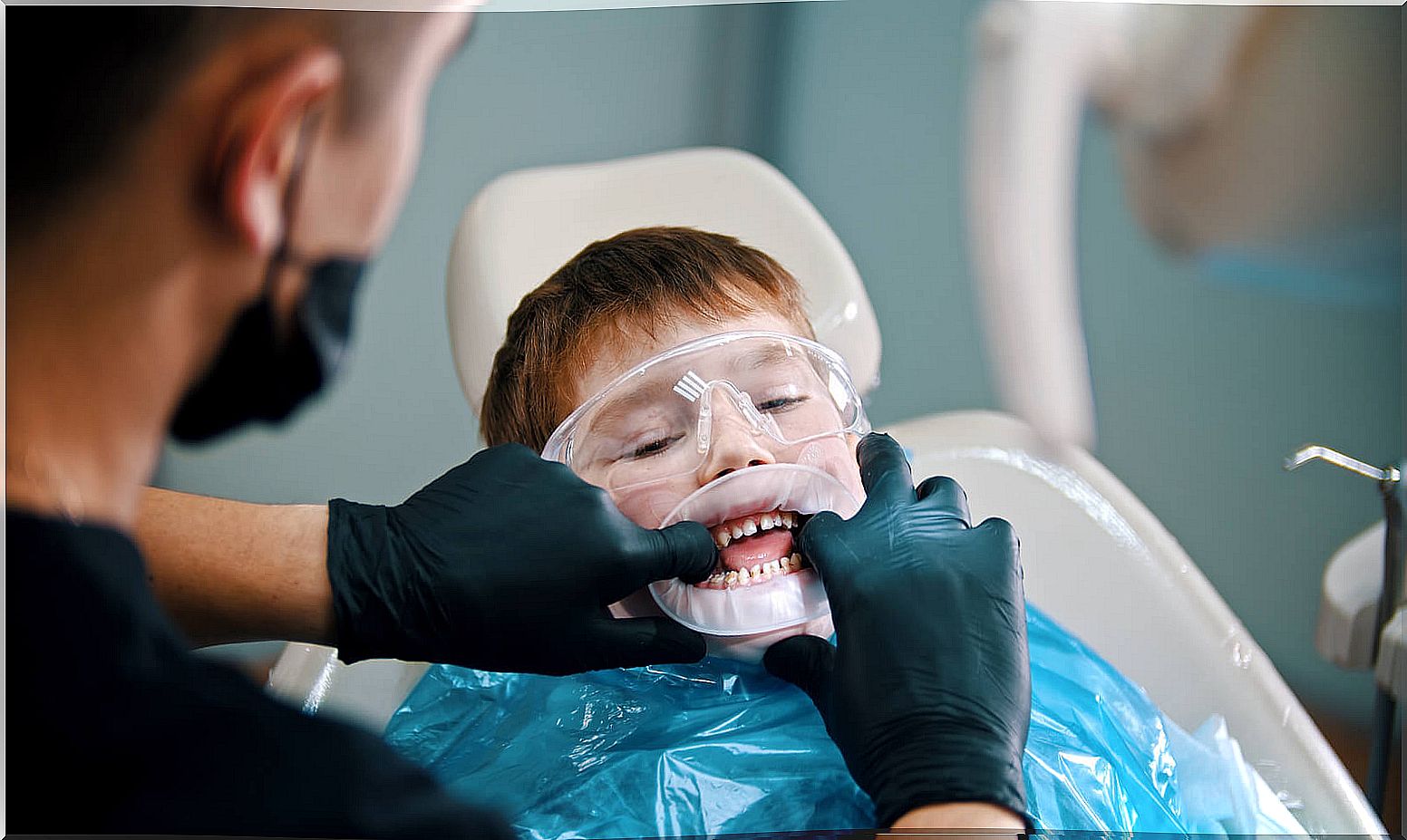
The sealing of teeth in children is a protective barrier that is placed on the dental elements to prevent cavities. It is a simple method that the pediatric dentist can recommend to take care of your children’s mouths. Here we explain what it consists of and how it is done. Also in which cases it is convenient to place it.
What are sealants?
Dental sealants are a thin layer of artificial material that is placed on the uneven surfaces of the teeth to protect them from bacteria that cause cavities. According to the bibliography, one year after sealing teeth in children, the reduction in the incidence of caries is 80%.
In general, it is performed on definitive teeth, especially molars and premolars. Due to their anatomy, these dental elements have small fissures and grooves on their chewing surfaces.
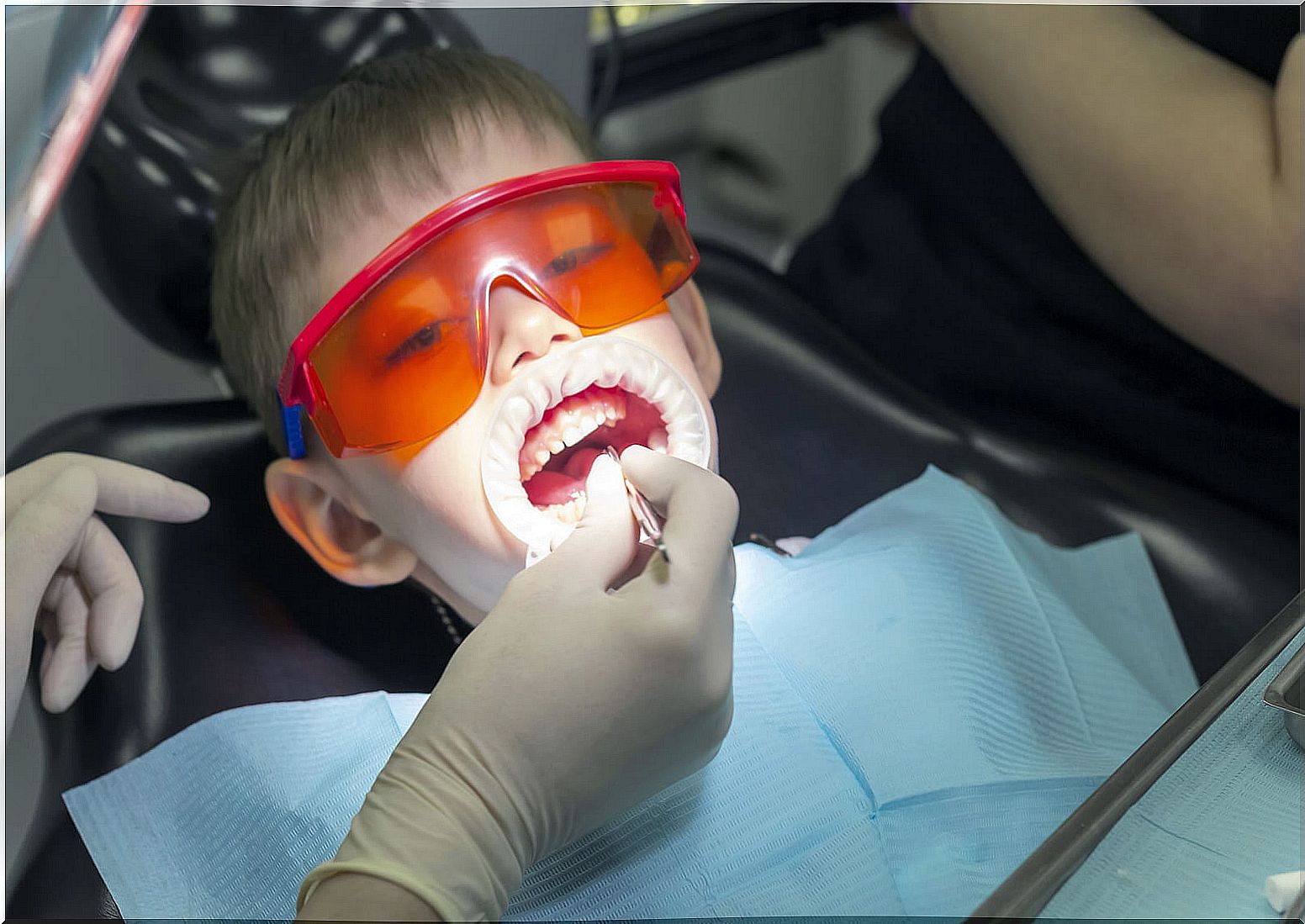
Bacteria and food debris accumulate on these anatomical accidents that cannot be removed by brushing. Sealants fill in these gaps and create surfaces that are easier to clean and control. They act as a physical barrier against germs.
There are different materials to seal. Flowable resins that cure with a special light are often used. Some professionals prefer to use glass ionomers.
How is teeth sealing done in children?
The sealing of teeth in children is done in a simple way and is not annoying for the little ones. It is performed by the dentist in a single dental visit. When deciding to make a sealer, the professional will thoroughly clean the surfaces of the wheels to be sealed. The dental element is then washed, dried, and sealant is applied (sometimes an adhesive is also applied).
Later a special light will be placed on the material to harden it. The child will be able to bite normally and the procedure will be ready.
Periodic checks should be carried out to verify that the sealants are still in place, if they are in good condition or if they need to be renewed. In addition, sticky foods or chewing gum should be avoided immediately after placement.
When is tooth sealing indicated in children?
Between the ages of 5 and 7, the first permanent molars, the well-known 6-year molars, erupt. At this age, the pediatric dentist may recommend sealing these newly erupted pieces.
The chewing surfaces of these new molars have many grooves, fissures, and points. In these areas, food and bacteria tend to accumulate that brushing cannot eliminate, making them more susceptible to cavities.
It will be the professional who determines the risk of cavities of your little one. Based on this, it will decide if it is convenient to carry out the sealing and in which and how many pieces.
Generally speaking, it is recommended to seal permanent molars and newly erupted premolars in patients at high risk for cavities. This means that it is convenient to do it in children with poor or poor oral hygiene or who consume diets rich in carbohydrates and sugars.
Also in those boys who have dental malpositions or pieces with anatomical accidents that favor the accumulation of bacterial plaque. In addition, they are a useful preventive technique for children with disabilities or basic systemic pathologies.
In any case, the sealing of teeth in children cannot be carried out on any dental element, but must meet certain requirements:
- The tooth must be free of cavities. Sealants can only be applied to healthy dental elements.
- The tooth to be sealed must be completely erupted. If the rash is not over yet, you should wait.
- You cannot put sealant over a filling. If the dental element is already fixed, it is not sealed.
Benefits of sealing teeth in children
As we have already said, the main benefit of sealing teeth in children is the prevention of cavities. By covering the rough surfaces of the teeth, it is avoided that food and bacteria accumulate in these areas that are not easy to remove.
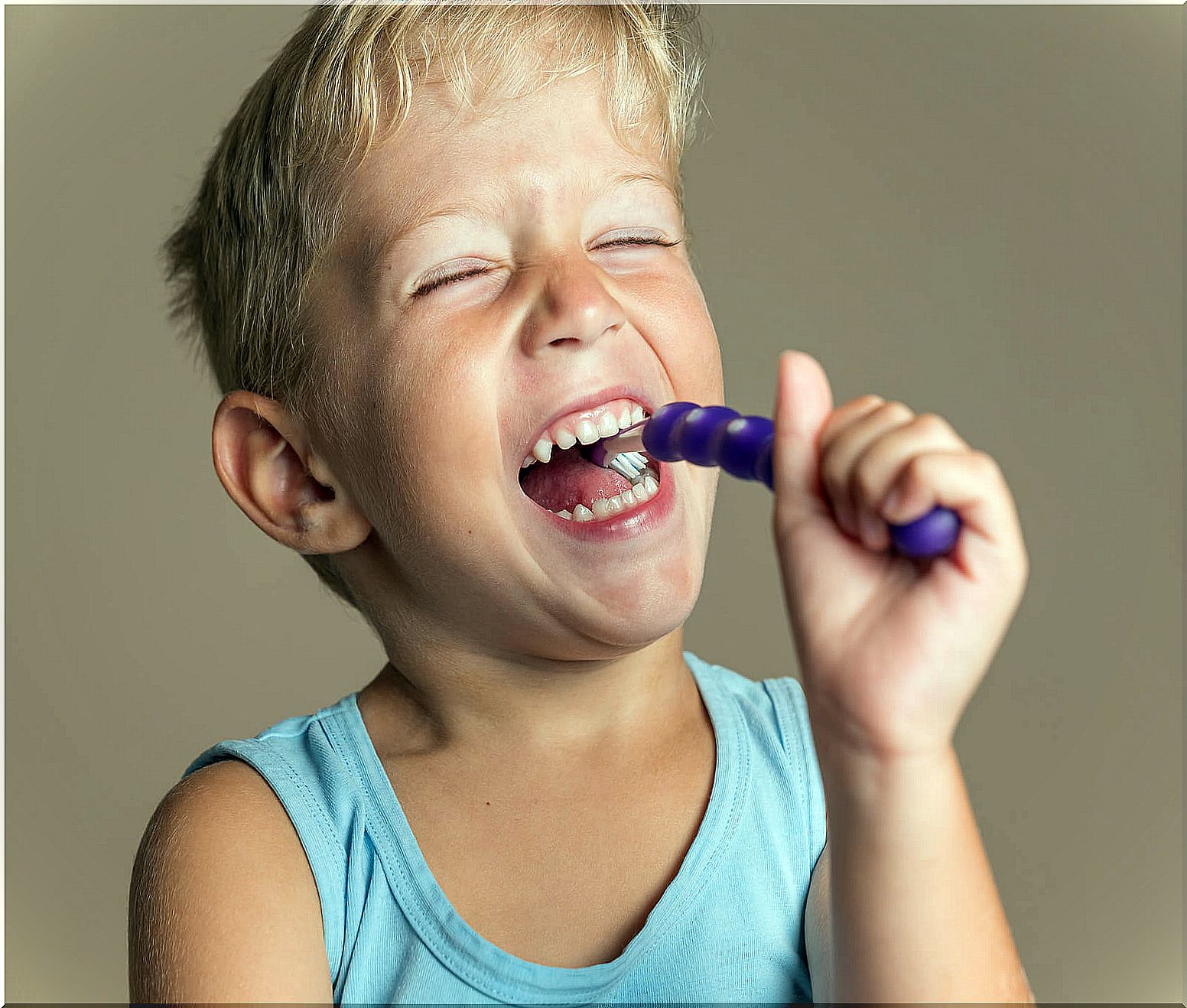
Its application is quick, simple and painless, and it is usually well accepted by the little ones. This is also a benefit, as it is a positive experience with the dentist. The child will be able to associate dental care with a pleasant event.
Sealants are white or light colored, similar to tooth. Its aesthetics are very accepted, since they are hardly visible on the molars.
Some recommendations
As we mentioned, after making the sealants it is convenient to check them periodically to verify that they have not come off or worn. An appointment every six months with the dentist will help to see that everything is going well.
Sealants can last 4-5 years, but sometimes they can come off sooner, so they need to be replaced. It is advisable to complement the treatment with the use of fluorides to strengthen tooth enamel.
The sealing of teeth in children is a preventive measure that should be complemented with proper tooth brushing, the use of dental floss, fluorides and a healthy diet. All of this will help keep your little one’s mouth healthy.
